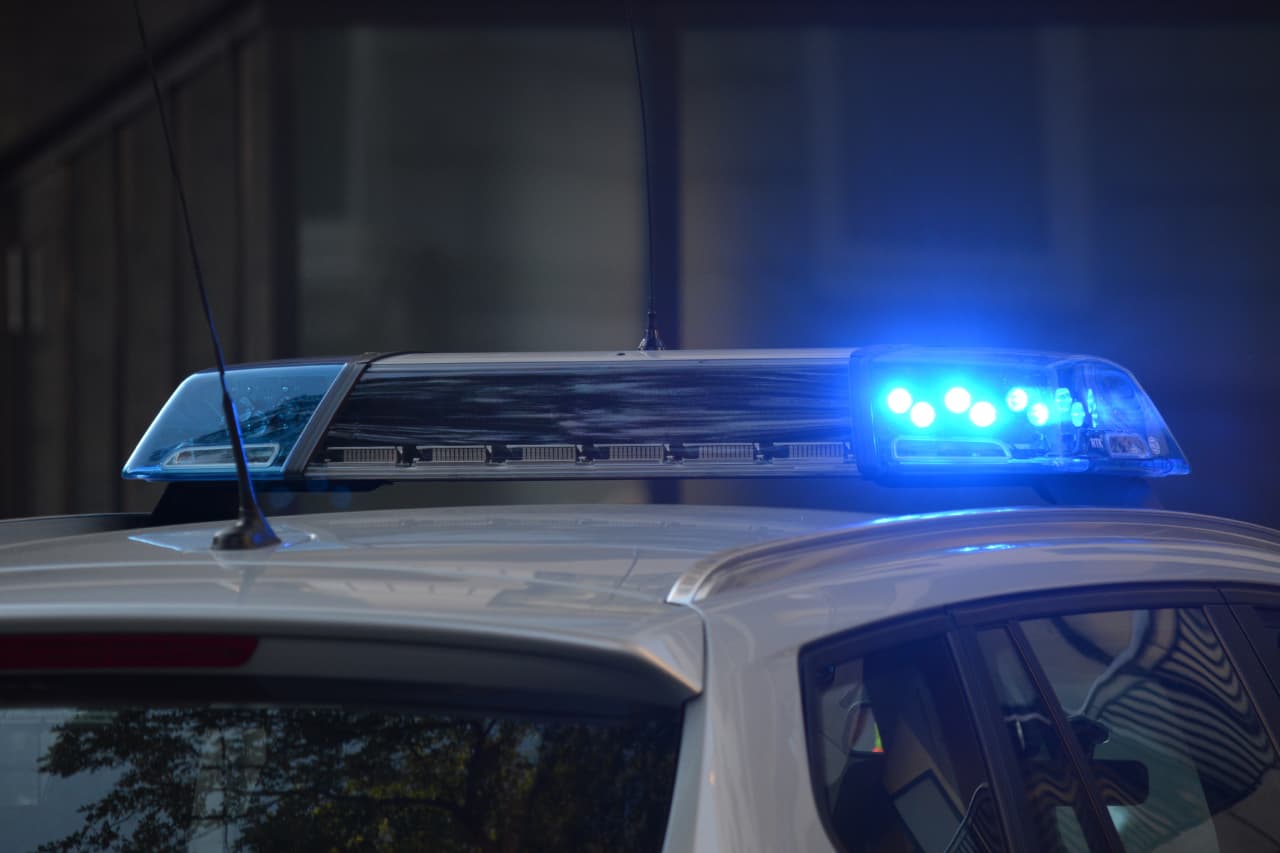
No, that's not a typo, although Beer Belly's probably wishes it was. A Nueces County jury ordered the defunct bar to pay $301 billion (with a "b") in damages after it served eleven drinks to a man who left the bar, ran a red light, and struck another vehicle. He died in the crash, along with a grandmother and her teenage granddaughter who were in the other car.
A blood test performed at a local hospital showed the driver's BAC level was over .26 as he barrelled through a red light at 91mph. To compensate the family for the two wrongful deaths, a Corpus Christi-area jury ordered the bar to pay $1 billion in compensatory damages. Jurors tacked on an additional $300 billion in punitive damages.
The attorney for the family said “the jury sent a very loud message that if alcohol providers trade money for the safety of their patrons and the public, there must be accountability." The bar closed in 2019.
How did lawyers and investigators know the tortfeasor's (negligent driver's) car was travelling exactly 91mph at the moment of impact. Like most vehicles, this one probably had an Event Data Recorder. Much like a black box flight data recorder in a commercial jet, an EDR stores operational information, like:
A skilled New York personal injury attorney, often working with an accident reconstruction professional, uses these bits of evidence like pieces of a jigsaw puzzle, Properly put together, they create a powerful story for jurors. And everyone loves a good story.
Furthermore, electronic evidence, like EDR evidence, is almost bulletproof in court. Eyewitnesses are often biased or mistaken. But computers, assuming they are programmed and working properly, are never wrong.
So, in many cases, EDR proof is the lynchpin of a successful car wreck claim. However, the news isn't all good in this area.
Technical issues could be a problem. Since they must survive the most catastrophic wrecks imaginable, an EDR is a tough nut. A lawyer needs a lot more than a screwdriver and a laptop to tap into the device and download the information it contains.
Furthermore, New York has some of the strictest vehicle information privacy laws in the country. Federal privacy laws, which are almost as restrictive, could apply as well. Therefore, lawyers usually need court orders before they can even think about accessing EDR information. And, a state judge doesn't always have the power to grant such orders.
All these things assume the EDR is available. These gadgets can survive wrecks. But they cannot survive intentional disposal. That's what will happen, unless a New York personal injury attorney acts quickly. Most insurance companies dispose of wrecked vehicles within days. If that happens, any physical evidence the vehicle contains, such as the EDR, is gone.
Attorneys usually send spoliation letters in these situations. These letters create a legal duty to preserve any potential physical proof, including the EDR, for future inspection. Judges harshly punish parties who ignore such instructions.
In the above story, the tortfeasor's BAC level was over three times the legal limit. If he'd lived, authorities would have almost certainly pressed DUI charges. The negligence per se shortcut usually applies in these situations. Tortfeasors are liable for damages as a matter of law if:
But dead men don't wear plaid and they cannot be charged with crimes. So, even in an obvious drunk driving case, the negligence per se shortcut doesn't always apply.
Additionally, there's a difference between intoxication and impairment. Most people are intoxicated after three or four drinks. But dangerous impairment begins with the first drink. Effects of alcohol include poor muscle coordination and diminished judgment ability. Circumstantial evidence of impairment includes:
The physical symptoms of alcohol consumption could also establish third party liability in these matters. More on that below.
The burden of proof in an ordinary negligence claim is only a preponderance of the evidence (more likely than not). So, a little circumstantial proof goes a long way.
Sports bars, restaurants, private clubs, and other commercial alcohol providers can stop alcohol-related wrecks before they happen. All they must do is cut off intoxicated customers. With great power comes great responsibility. Commercial providers who turn a blind eye to drunk customers who want to get drunker could be liable under New York's dram shop law. Car crash lability attaches if the provider illegally sold alcohol to a patron who later caused a wreck. The two most common illegal sales are:
Packaged alcohol providers, like convenience stores and supermarkets, could also be liable for damages in some situations. The victim/plaintiff must prove the wreck was a foreseeable (possible) consequence of the illegal sale. Noncommercial providers, like party hosts, could also be liable for damages in some situations.
Alcohol-related crash victims usually have several legal options. For a free consultation with an experienced personal injury lawyer in New York, contact the Pianko Law Group, PLLC. Virtual, home, and hospital visits are available.